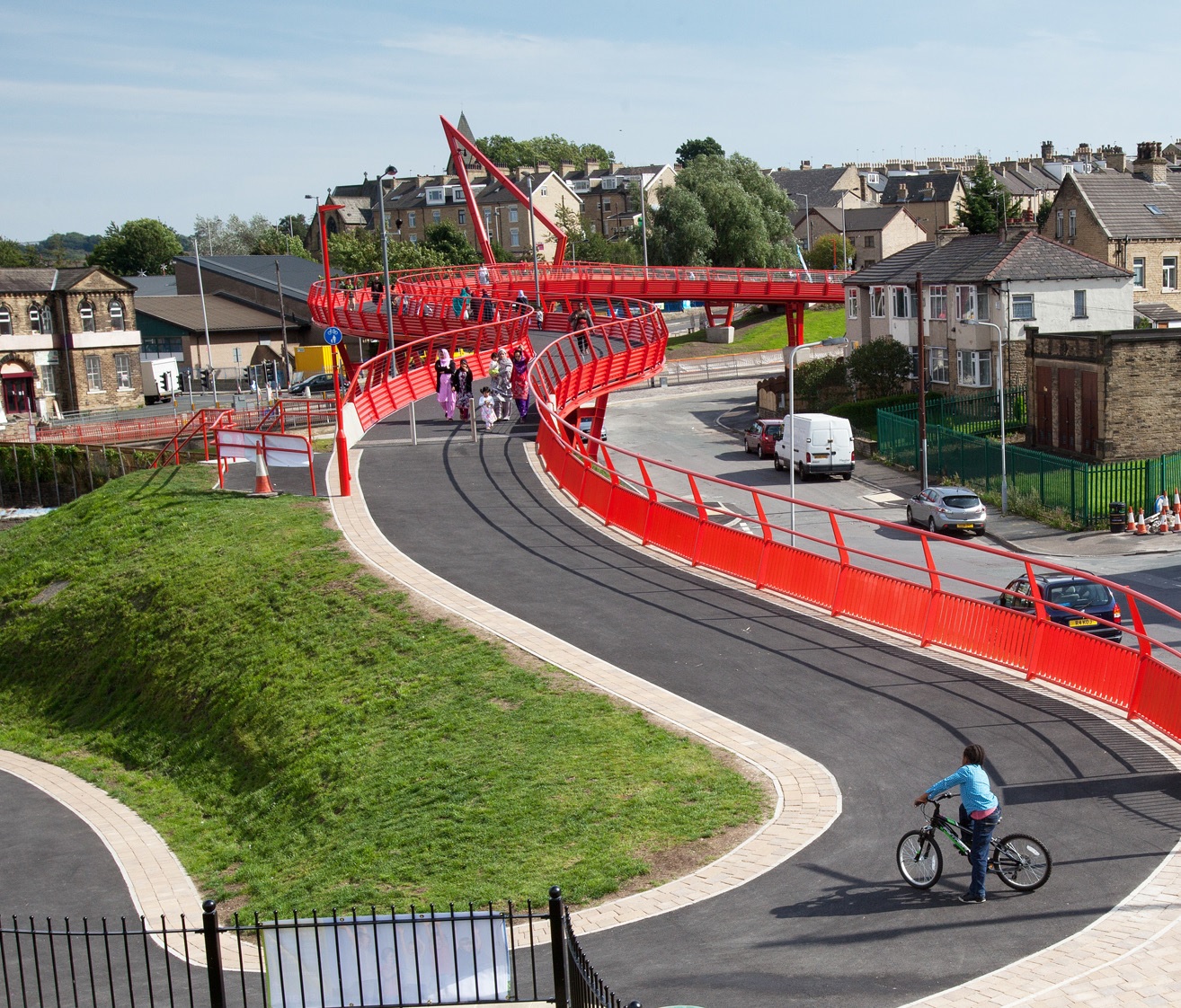The construction industry lags other sectors in its adoption of technology and innovation and the bridge industry is no exception.
To meet future demands, it is essential that we make our bridges more reliable, affordable, sustainable and accessible. By embracing innovation and embedding technology we will be able to fully exploit opportunities to better manage our aging infrastructure and to build better and more resilient bridges fit for the future.
In a fast-changing world of competing technologies, the challenge is to choose those which have the greatest potential to build on existing resources and support asset management. We must recognise the value of technology which may not be fully tried and tested, whilst maintaining safety and value.
The diverse nature of bridge owners makes a consistent approach difficult, but through planned innovation involving collaboration and partnership we can realise the benefit of smarter, more cost-effective asset management that supports better-informed decision making.
Our existing infrastructure is the foundation for economic development. Innovation and technology are the essential enablers that will ensure we can manage and adapt our structures to face future demands.
KEY THEMES
The profession must embrace digital technology, and civil engineers should develop the rapidly-evolving skills needed to exploit its benefits, according to the 2018 ICE Professional Skills Report.
Queensferry Crossing incorporates around 200 digital sensors measuring temperature, movement, corrosion, etc (ICE Proceedings, Bridge Engineering, May 2019).
A report by PwC in 2018 suggested the implementation of BIM Level 2 could save the government £400 million a year.
Real-time information about bridge behaviour can be a gamechanger and gives asset owners options to improve efficiency, reduce costs, and make progress toward net zero.
State-of-the-art techniques such as lidar, photogrammetry, virtual reality, augmented reality, digital twins, computer vision, machine learning and deep learning are integral to bridge health monitoring systems.

Manchester Road Footbridge, Bradford (Sustrans)
AREAS FOR DEVELOPMENT
Exploiting technology for better understanding and management of bridges
- Effective use of data in managing bridge performance & operation
- Using BIM in the operation/maintenance phases
- Sensor technology and application of Internet of Things
Facilitating innovation
- Demonstration projects
- Collaboration between industry and academia
- Common processes and standards that facilitate innovation and continuous improvement
- Specification of needs to encourage partners to develop innovative solutions
Technology transfer
- Application of new technologies to bridges; survey techniques, sensors, new/smart materials,
- Knowledge from other industries
- Guidance/training in new technologies
